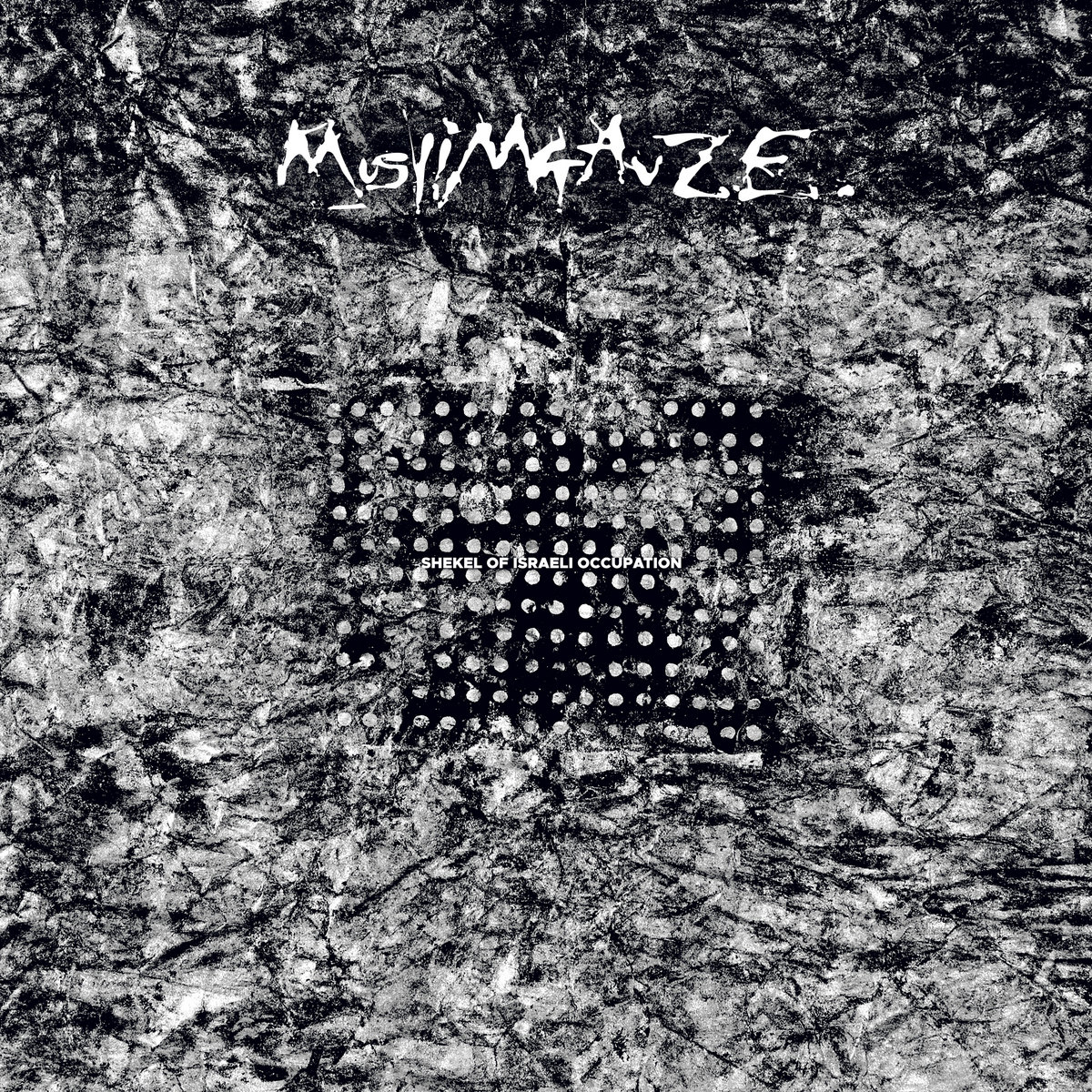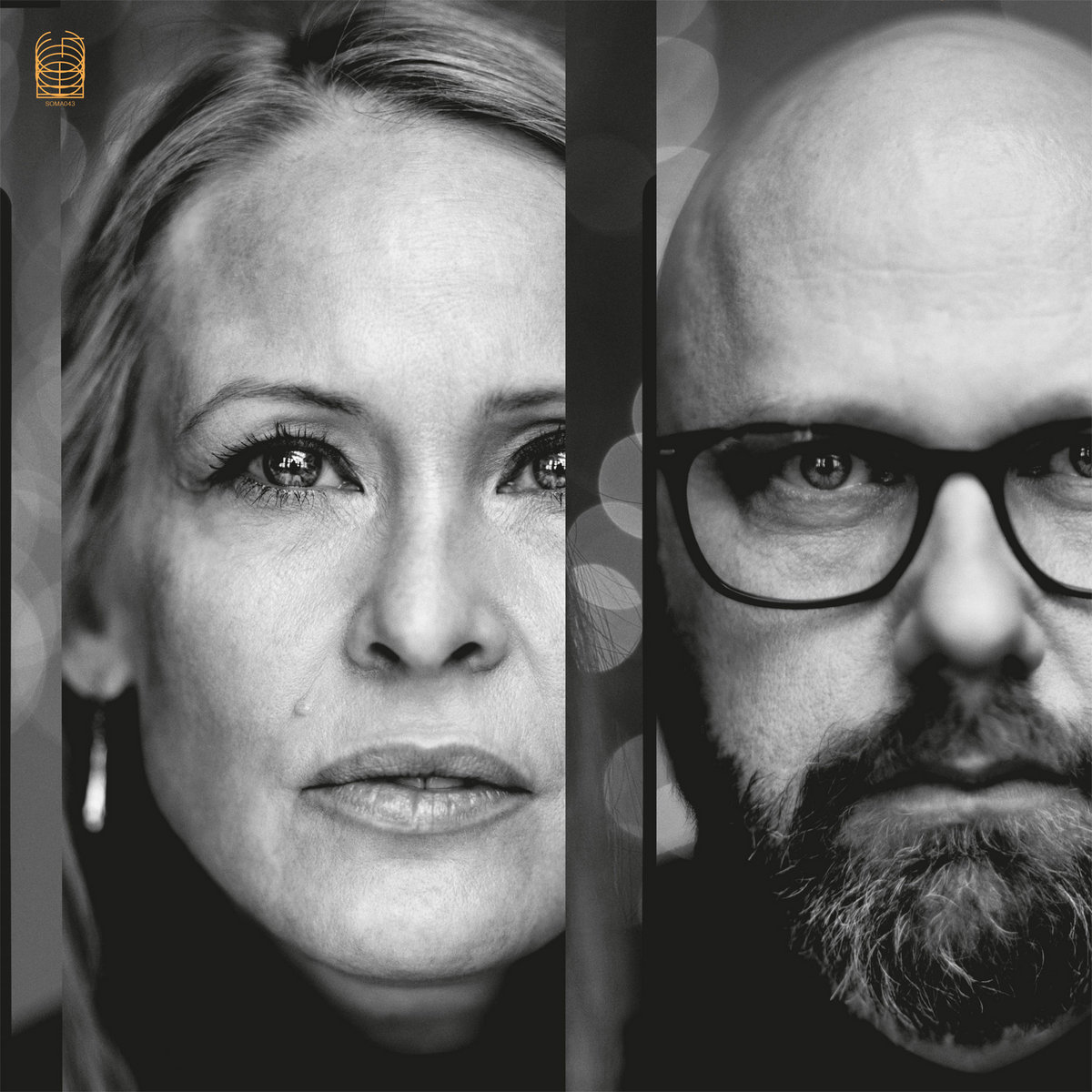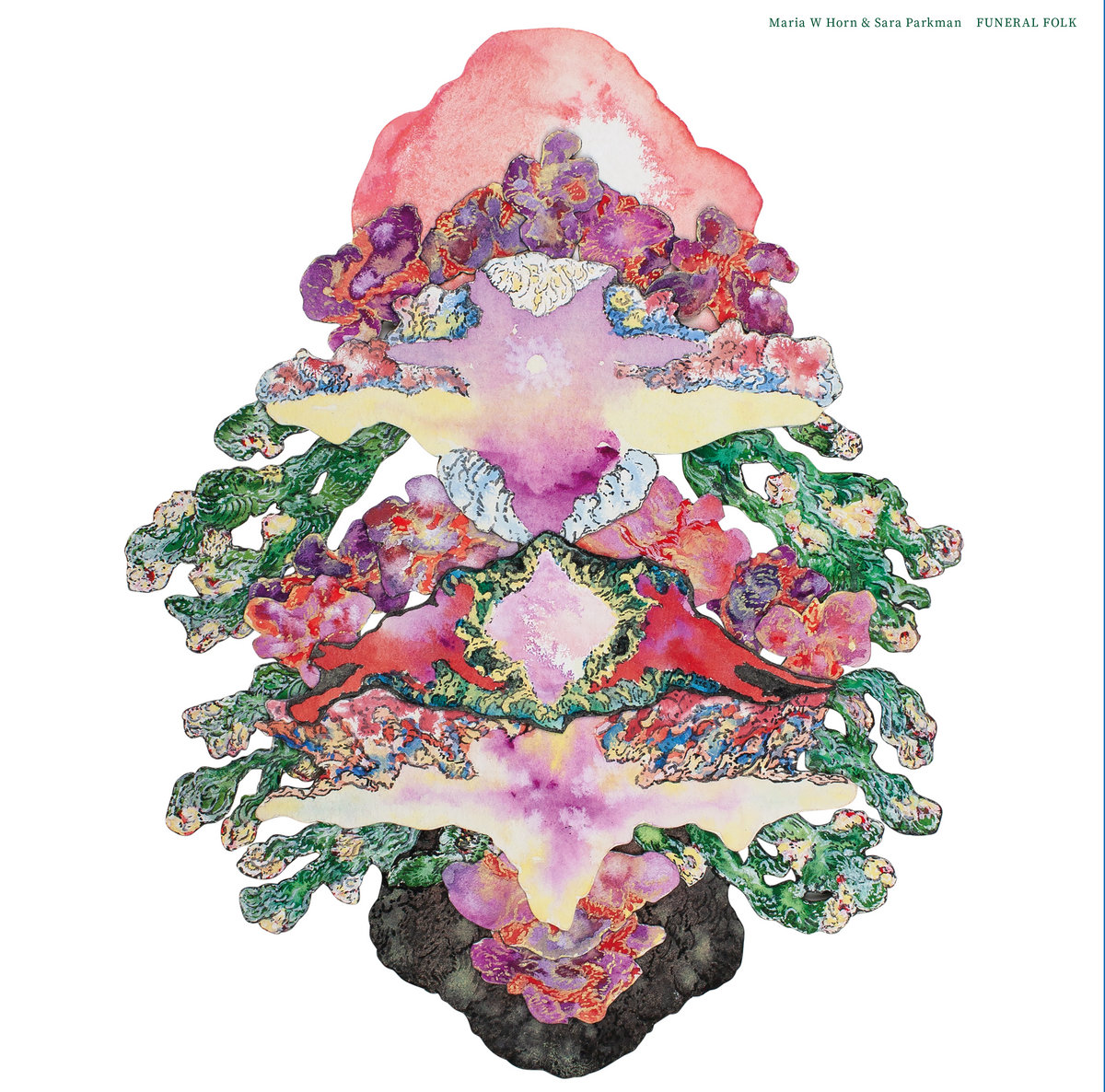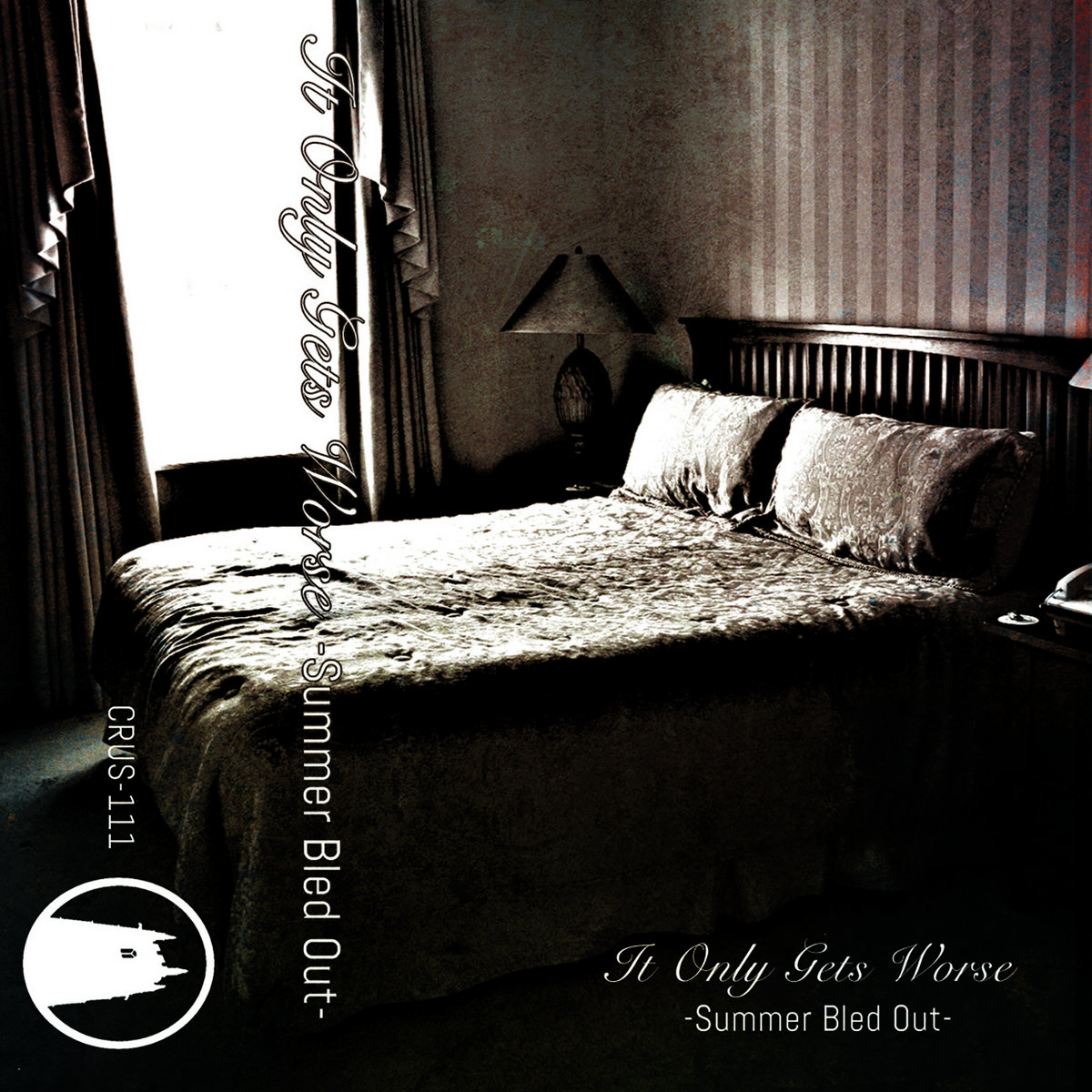Top Albums 2022 Part I 50 – 41
50. Vacant Gardens – Under The Bloom / Obscene
49. Muslimgauze – Muhammadunize / Veiled Sisters / Shekel of The Israeli Occupation
48. Björk – Fossora
Another album that reads as a statement of constant evolution and experimental prowess, Fossora sees Bjork taking on the metaphor of soil and the earth in quite literal and musical terms. The combination of clarinet sounds with hard stabs of gabber strangely deliver images of fungal enterprises deep below the earth, the lightness of spores, the woven playfulness of growth and the relentless labor of decay. I see the influence of Gabber Modus Operandi as a great plus, with one half of the duo, Kasimyn credited on two songs. The aspect of life and death develop in songs centering very much not on the abstract mother earth, but her own mother and the relationship embodied in motherhood. Fossora revel in the operatic modes many of Bjork’s albums and her vocal delivery encompass, but this album is markedly straight forward in her wording and addressing the listeners as such. At times, this could be the conceptual soundtrack of Hollow Knight, a game centering on rebirth and fate in a dystopian insect world, steeped in the melancholia of a lonely protagonist. Yet, apart from the fantastical leaning qualities, Fossora is a bassy and springy song of life for an environment long past saving.
47. Gammelsæter & Marhaug – Higgs Boson
The power of
Higgs Boson lies in the combination of vocal prowess courtesy of Runhild
Gammelsaeter and the noise grinds and flickers created by Lasse Marhaug. Like
the album title suggests, both artists strive to find a mutual backing to the
very structure of their musical expressions, a bit like the aural hunt for the
“god particle” that makes noise and metal music meet in the vast fields of
experimental soundscapes, angelic vocal patterns and bone shattering shrieks.
From my understanding of sound, this is an essential listening for scholars of
metal music, not for its perceived harshness when Gammelsaeter uses her blackened
shrieks, but rather for the creation of depth and heaviness through the shared
atmosphere of both artists. The instrumental repetition present in most pieces,
the dronescapes and visceral subsonic frequencies dwell as slowed riffage and
brutal vestiges of violence. This is pretty much the particle collider at CERN
as an album, only that the magic lies not only in the process itself but rises
in eerie haunts track after track.
46. Maria W Horn and Sara Parkman – Funeral Folk
Blending
long-form harmonic compositions with the distinct tinge of folk music, Funeral
Folk offers an essential entry into the sound of grief and mourning. Build
around the artists channelling their background in traditional and experimental
electronic music, the album is tied together by themes of grieving as a performance
and individual act. The resulting drones, arched by melodies or grounded cello
carry a reverence for passing and mourning that is reminiscent of how Terrence
Malick would construct the experience of death by a rising, rather than a
setting sun. Both Horn and Parkman meld into a one entity throughout the
record, no track rests on either site of their musical capabilities or even
retains a swell or glare of melody for too long. While many vision of Nordic
beauty always harken back to vision of Valhalla or now the world of Midsommar,
the one feat of Funeral Folk is to be steeped in the present in the entirety of
its delivery, no worship of a long forgotten natural paradise or ritualistic fiction,
just monumental contemplation of time.
45. Landlords – Codeine
44. Sumac & Keiji Haino – Into This Juvenile Apocalypse Our Golden Blood to Pour Let Us Never
Following the
improvisation records by Sumac and Keijo Haino as waypoints in the musical
progression of the bands solo work, the third release of high intensity
unpredictability marks the difference between a metal band working on the
outskirts of the genre and a unique voice making heavy music beyond any markers
of genre or type. Into This Juvenile Apocalypse Our Golden Blood to Pour Let Us
Never plays as the most volatile of improvisation records between Sumac and
Haino and while the recording may or may not predate the recording of May You
Be Held, heralds the growing mastery of a sound in which riffs and noise bloom
in slashes of drums and sporadic bass. Most strikingly, this doesn’t feel like
a band encountering an experimental heavyweight in Haino but equals following
each others leads and feeding each others’ energies. Especially the second and
latter two tracks exemplify this in their faster and more rhythmic moments,
allowing for glimpses of Sumac at their most visceral and chaotic. If anything,
Haino passes the torch in full confidence to a trio of similar vision in the
power of the incidental.
43. Rolo Tomassi – Where Myth Becomes Memory
While considered an
ending to a trilogy that encompassed both 2015’s Grievances and 2018 Time Will
Die And Love Will Bury It, Where Myth Becomes Memory is decidedly harsher and
more aggressive. Time Will Die lived in the moments of clarity and almost
electro-pop like hymns sung by Eva Spence. Here the breaks of solemn reflection
give way to powerful attacks of double bass drum reminiscent of Slipknot on
tracks like “Cloaked” or remain entrenched in tension on “Labyrinthe”. This may
speak for a resurgence of nu-metal as a valid genre of expression and space for
experimentation, a movement where Rolo Tomassi will shine in their creativity
for new fans of harsher sounds to come. What could likely have become a
mellower and more operatic outing, has morphed into the further semblance of
heaviness and gaze. The band has not cannibalized their formula for mass appeal
but doubled down on refining the gut-wrenching qualities of the loud and the
soft.
42. It Only Gets Worse – Summer Bled Out
The amount of
Matt Finney’s output in various projects is breathtaking not only for the number
of poetic gut-punches he can procure without sacrificing the genuine tone of
voice and despair they carry, but also for the different tonalities his words
lend towards different artist and soundscapes. This year, the It Only Gets
Worse moniker with musician Maurice (De Jong) takes Finney’s bleary-eyed poetry
and brushes it between an eerie mixture of angelic soundscapes, oscillating
bass and flute like melodies. What starts off as a cinematic haunting, blooms
on the first tracks, morphs to forgotten lullabies on “Move Forward” only for
the title track to become a sweeping showcase of burned out trap tethering on
the industrial. At times, Maurice’s sound design channels the reconciliatory
sides of Sigur Ros, the angelic and ethereal vocals of Jonsi simmering in reverb
nothingness. That is when Finney’s words ring out as prayers in nothingness,
transforming blissful noise into husks of atonement and unrequited yearning.
Just from following Finney’s words over the years, it is hard to tell if his
blend of transcendentalism allows for an eternity or even moments of hope, the
music of It Only Gets Worse counteracts his demeanor to allow for such moment,
even if only meant as afterthoughts to inner hell.
41. Sabla & DK – Totem Society
On the spectrum of dub leaning towards mysticism and a meditative edge, the collaboration of Sabla and D.K. marks a masterful enterprise into new territories without breaching anything close to a cliché. Especially D.K. more strictly rhythmic and percussive elements seem to be broken up and allowed more space to breathe and convey a vibe on Totem Society. This is other than traditional club music, indebted to Gamelan as it is to the prowess of drum processing. Every sound is drenched in reverb and delay, resulting in a spacious headroom and excellent resonance with the drums at their display. Rarely does the tempo go beyond anything danceable, both artists find pockets of trip-hop and even subvert some known flourishes of the genre into contemplative bangers. Apart from all the chill vibes, Totem Society is a showcase of atmospheric design, binding together genres in their shared ambiance and cavernous existence. While not the point at all, it is a delight to zone out the more driving aspects and to catch the drones and traces of reverb as an exercise in what makes vibes stick and creates the often-sought allusion of religious experiences in music.










.jpg)


Comments
Post a Comment